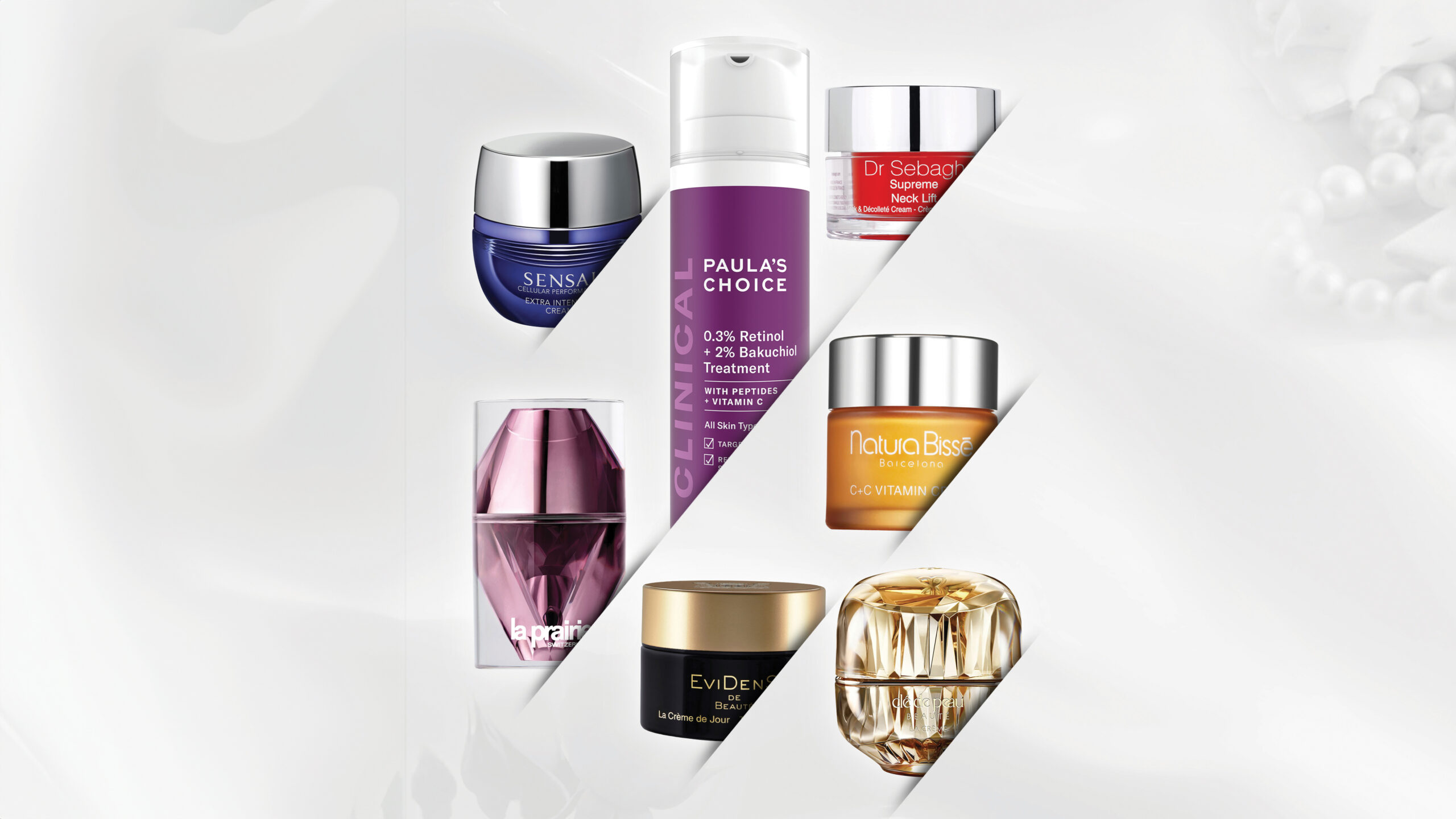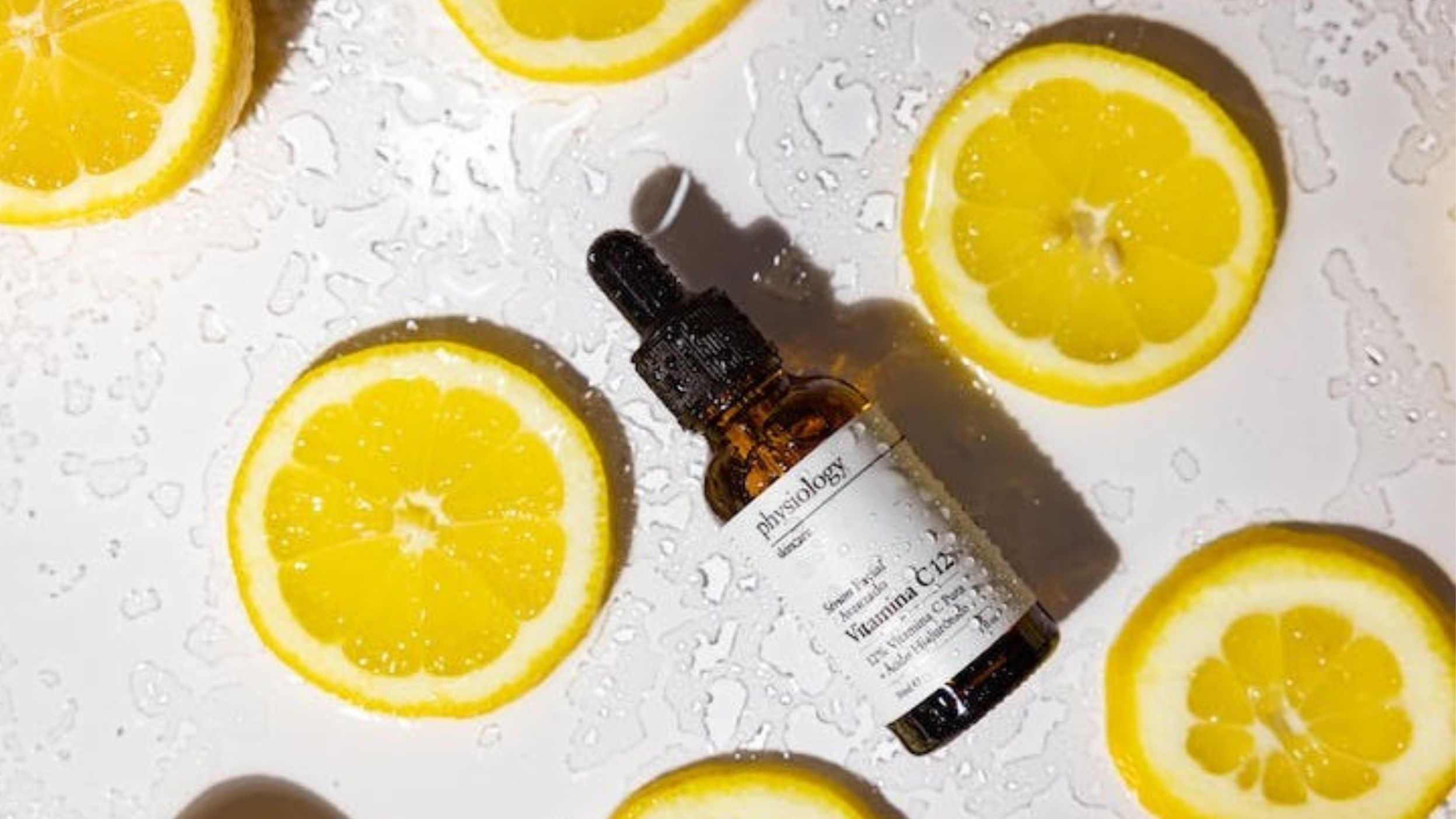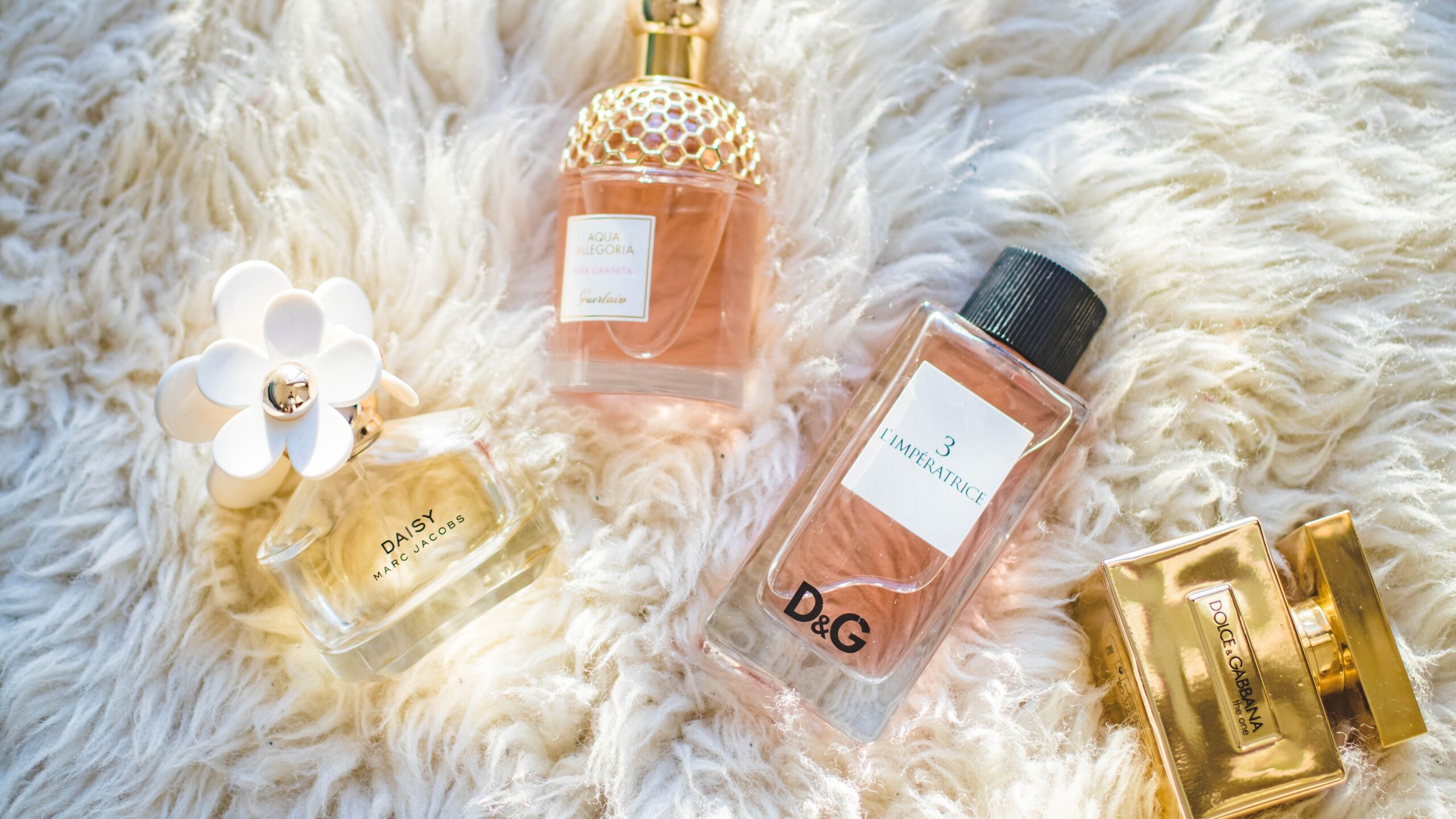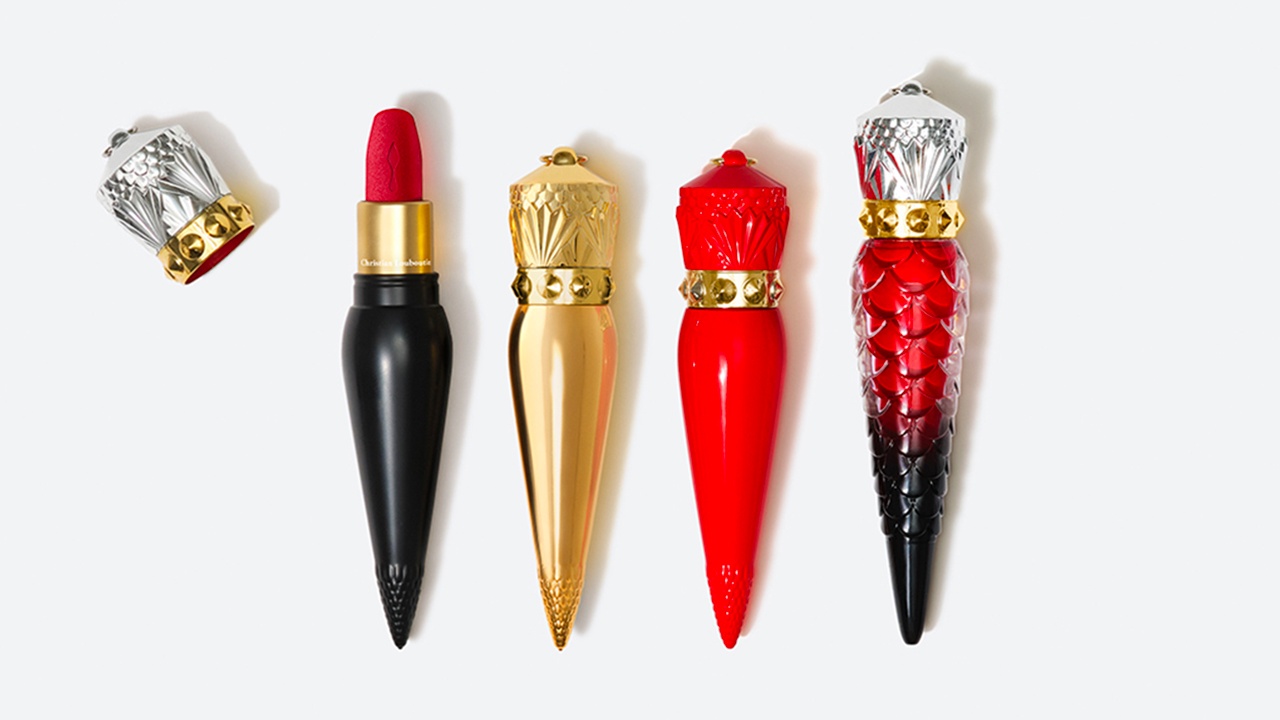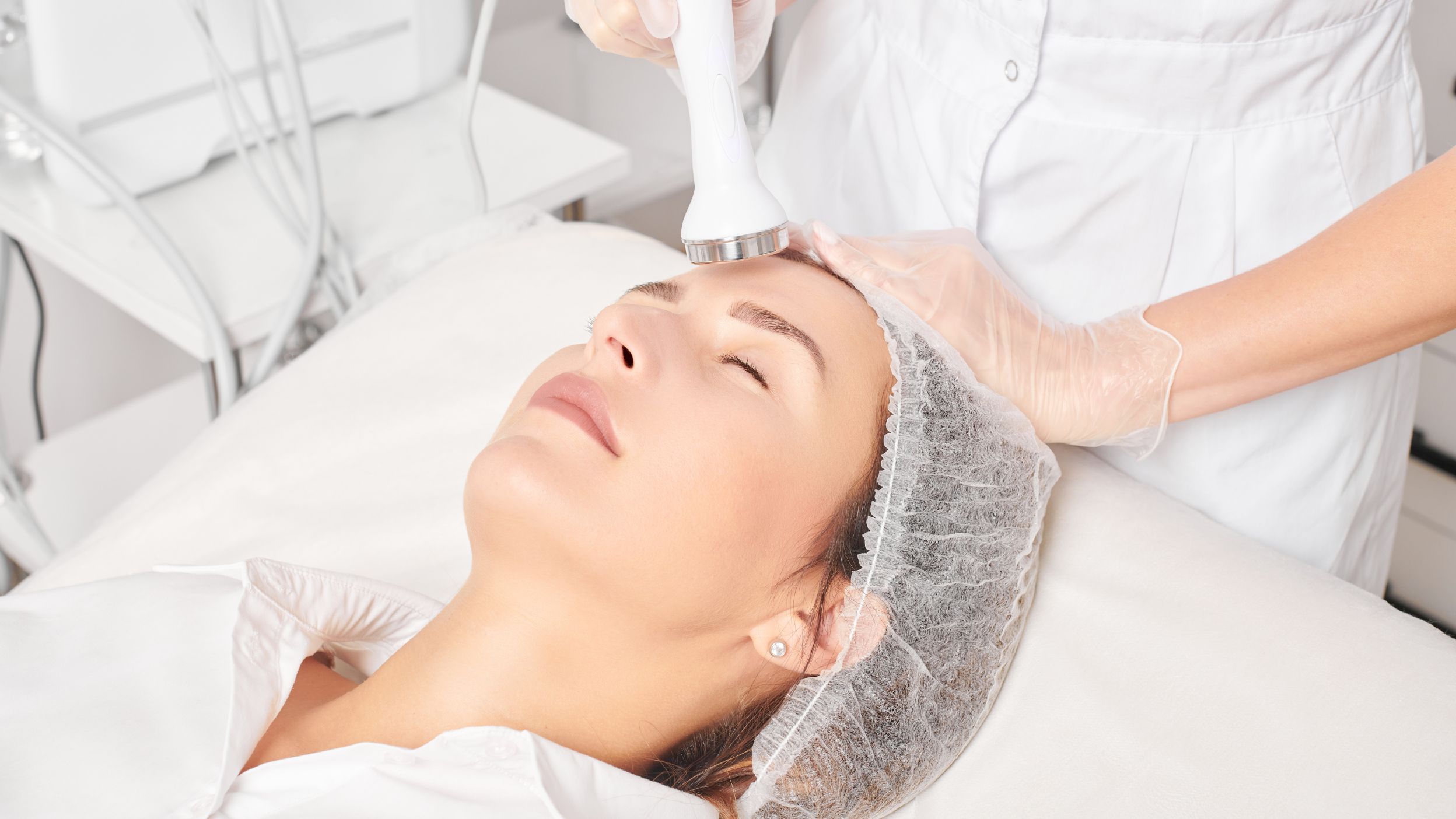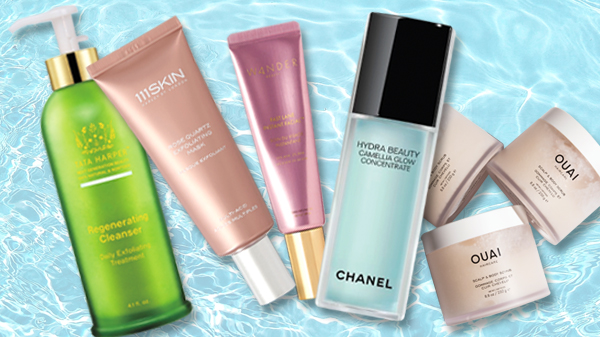
Exfoliation 101 for healthy, glowing skin
Although the feel of autumn is a little late to the party, it’s never too early to treat the skin with some extra attention and TLC. While the city is still under the persistent glare of the sun, come evening, the change of season is felt in a cool breeze, and you might begin to notice that your skin is a little dull or dry to the touch, which could mean one thing: It’s time to incorporate an additional step to your beauty regimen – exfoliation.
You can slather on layers of skincare products for an illuminating glow, but there is nothing like an exfoliating routine to work its magic and offer your dermis a clear, clean canvas for the rest of your skincare routine to take effect. Fit it into your routine twice a week to clear dead skin cells, remove dirt from pores, and reduce inflammation, fine lines and mild pigmentation. It also promotes the effects of collagen and antioxidants, giving dermis a healthier and brighter natural glow.
So, how best to include an exfoliating step in your beauty routine? To kick off, there are two types of exfoliators – chemical and physical – and they can come in a variety of forms, such as cleansers, toners, masks, scrubs and serums. Which one to reach for depends entirely on your skin type.
Chemical peels are generally most beneficial to those with dry skin. Falling under three high-performing groups of acids: AHAs (alpha hydroxy acid), BHAs (beta hydroxy acid) and PHAs (polyhydroxy acid), each type contains different active ingredients that offer slightly diverse benefits. For example, AHAs are plant-based, water-soluble substances that exfoliate the outer layer of the skin. They normally contains glycolic, lactic or citric acid, or a combination of the three, much like UK skincare brand 111Skin’s Rose Quartz Exfoliating Mask is formulated with a blend of amino acids, hydrators, botanical extracts and fruit acid complex, all of which work to slough off dead skin cells while hydrating the dermis and activating collagen production, resulting in a plumper, brighter complexion.
First-time AHA users may find the tingling sensation of these chemicals a little uncomfortable, and their skin and may need time to adapt. AHA levels range between three and 30 percent, so for sensitive skin, formulations of five percent and less will exfoliate more gently. For instance, Chanel’s Hydra Beauty Camellia Glow Concentrate features a three percent blend of AHAs as well as hyaluronic acid – which despite its ‘acid’ moniker serves as a humectant, binding in moisture rather than stripping it away. Fellow hero ingredients camellia yeast extract and blue ginger then provide antioxidant for sun protection while boosting hydration, giving the skin a fresh, natural glow.
For sensitive and dry skin, opt for PHAs. Although having similar effects to AHAs, they comprise larger molecules that sink down, thereby causing less irritation on delicate dermis. Calling on the likes of inflammation-busting gluconolactone acid and lactobionic acid, PHA-based products like cruelty-free Ole Henriksen’s Dewtopia 20% Acid Night Treatment or Tata Harper’s Regenerating Cleanser both smoothen out the skin for a more radiant complexion.
“A PHA-based product will probably not cause as much irritation as an AHA, and is less sensitive to sun exposure, too”
While the former includes an acid blend of 10-percent AHA and 10-percent PHA, and lemon enzymes that replenish the skin as you sleep, its US counterpart boasts a wholly natural, non-toxic dual-action exfoliating treatment to reduce skin smarting and reddening. Its cherry-stone micro powder then gently lifts and buffs away dead skin cells. The outcome? A more balanced, smoother and more radiant complexion.
Moving on to acne-prone skin, salicylic acid, a type of BHA, is the exfoliating friend of those prone to break outs and mild skin pigmentation. Unlike the other two acid groups, BHAs are oil soluble organic compounds that penetrate deeper into the dermis – healing acne scars, blemishes and removing blackhads and whiteheads. Thus, products containing salicylic acid like New York City-based Wander Beauty’s Fast Lane Instant Facial and Tarte’s Knockout Tingling Treatment serves as much more effective cleansers for clogged pores than regular ones – better yet, they’re both vegan.
The former is a fast-acting exfoliating gel mask, which contains 10-percent AHA (lactic and glycolic acids) and 2-percent BHA levels, as well as root extract from meadowfoam seed oil to moisturise. The latter is a skin-tingling toner that helps to balance the skin’s pH level, while minimising pores and promoting cell renewal. Its active ingredients include a 10-percent acid complex of salicylic and lactic acids, as well as sulphur, niacinamide and glycerin to hydrate and clarify.
“Salicylic acid, a type of BHA, is the exfoliator friend of those prone to acne or skin pigmentation”
But who says exfoliation is only for the face? Body scrubs for oily skin are also a luscious self-care treatment for the rest of your body. An option like Ouai’s Scalp & Body Scrubs, featuring core ingredients like apple cider vinegar and chelating agents, provides deep-cleansing of oil and dirt, heavy metals, chlorine and other waterborne impurities, as well as the remnants of hair-styling products, thanks to its hydrolyzed keratin, giving the hair and body a fresh start at the end of the day.
Another pick, perhaps, is Italian skincare expert Seed to Skin’s The Awakening Detoxifying Algae Marine Salt Scrub might fit the bill with its mineral and antioxidant-rich combination of sea salt and mud, marine algae, shea butter, spirulina and green tea said to leave the skin feeling rejuvenated.
For a therapeutic option, Mauli’s Reawaken Himalayan Hand & Body Scrub imparts mineral-rich salts infused with curative oils such as lime, sandalwood, jasmine, rose and frankincense for an aromatically relaxing, end-of-day treatment, leaving skin silky smooth and glowing all over. Just as it should be.













